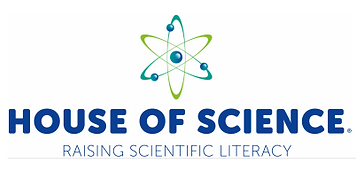SOIL, FOOD AND SOCIETY
He Oneone, he Kai me te Hāpori

Plants are Earth's engine
He tipu te mihini o te ao
Year 5 - 6 students
New Zealand Curriculum connections
NZC connections provide a starting point for aligning the content and inquiry on this page with NZC achievement aims, including core subjects like mathematics and English.
Investigating in science (NoS).
-
Ask questions, find evidence, explore simple models, and carry out appropriate investigations to develop simple explanations.
Communicating in science (NoS).
-
Build language and develop understanding of the many ways the natural world can be represented.
Understanding about science (NoS).
-
Appreciate that scientists ask questions about our world that lead to investigations and that open-mindedness is important because there may be more than one explanation.
Life processes (L1-2). Recognise that all living things have certain requirements so they can stay alive.
Interacting systems (L1-2). Describe how natural features are changed and resources affected by natural events and human actions.
Interacting systems (L3). Investigate the water cycle and its effect on climate, landforms, and life.
Related Big Ideas and Science Concepts

Overview: Plants are Earth's engine
Key messages
-
Plants are the source of all food on Earth.
-
The nutrients that we eat in our food are the same nutrients in the air and soil.
Related information
-
Plants need water, air, nutrients, and sunlight to grow.
-
The energy from sunlight powers plants to change water, nutrients and carbon dioxide (from the air) into sugar (the basic building block for plant material). This process is called photosynthesis.
-
Water is taken up by plant roots along with nutrients from the soil.
-
A waste product from photosynthesis is oxygen, which is released through plant leaves.
-
Plants also release fresh water through their leaves.
-
If there were no plants on earth there would be nothing for people or animals to eat, less fresh water, and no oxygen in the atmosphere.
-
When plants die the nutrients and carbon return to the Earth and can be used again.
-
The cycling of nutrients is essential for life on earth.
-
The nutrients that the plant captures from the air and takes up from the soil are the same nutrients that end up in the food that humans and animals eat.
Learning resources
Nutrient cycle graphic

Nutrient cycle video
Inquiry suggestions
What do plants need to live?
Plants need water, carbon dioxide and sunlight to produce energy for growth. To stay healthy plants also need nutrients.
Students can be challenged to show what plants need to live.
The image can be used to discuss the nutrient cycle and what plants need to live.

What is the nutrient cycle?
A nutrient cycle describes how nutrients move from the physical environment into living organisms and back again to the physical environment.
Groups of students can be challenged to demonstrate the nutrient cycle.
The movie here is an example of a student production demonstrating the nutrient cycle.
Challenge your students to make a nutrient cycle video that can replace this video.
Publishing
Publishing provides an opportunity to integrate science capabilities or different curriculum areas.



